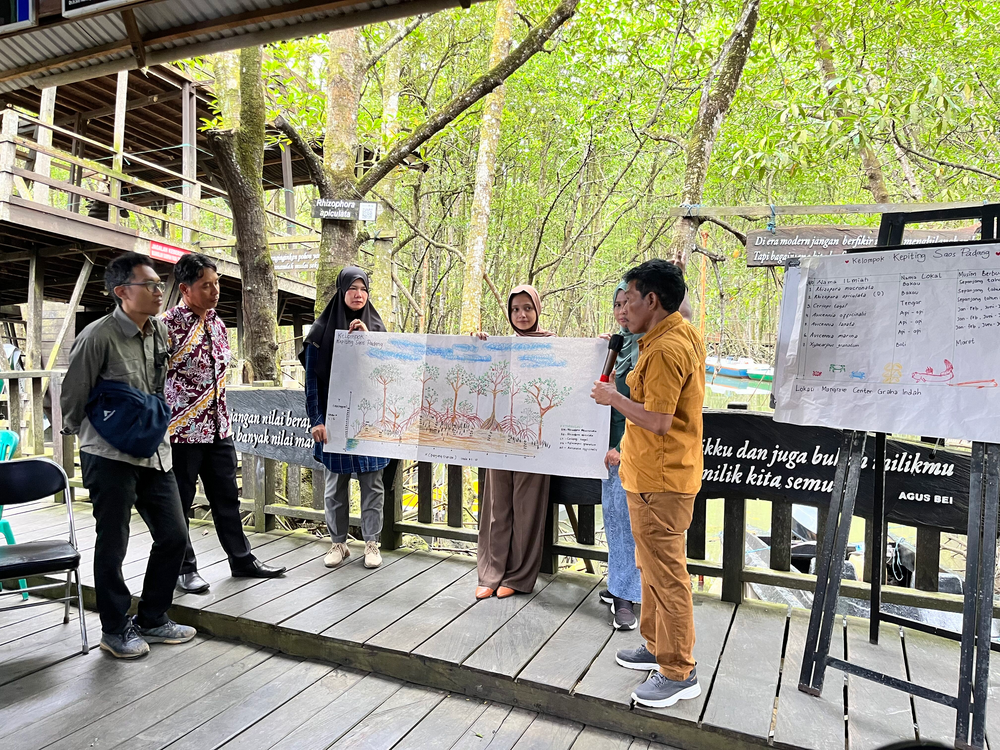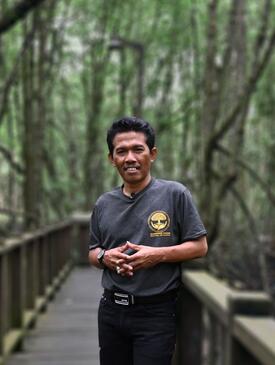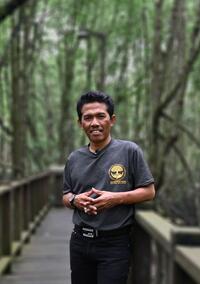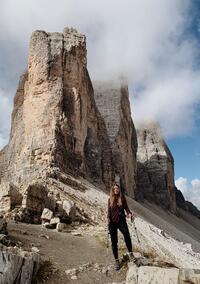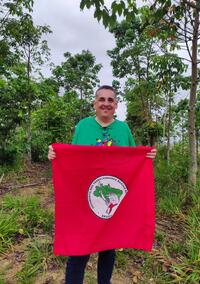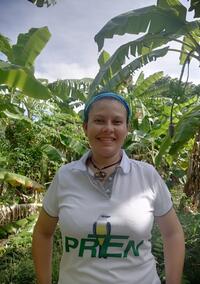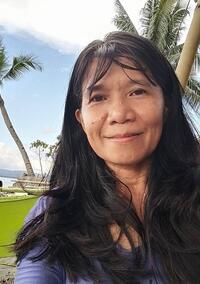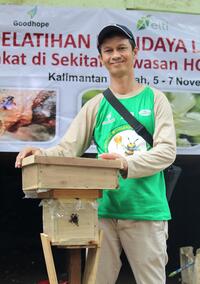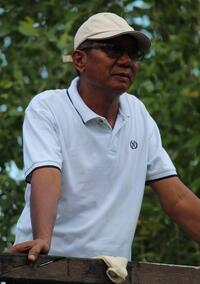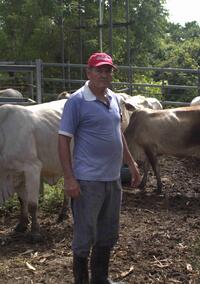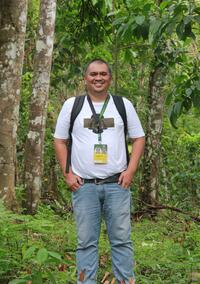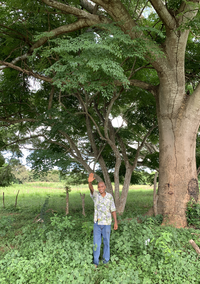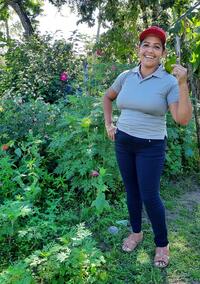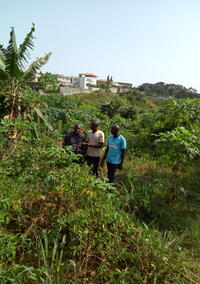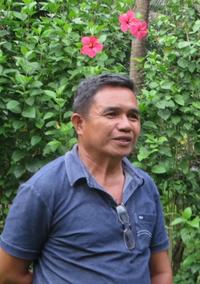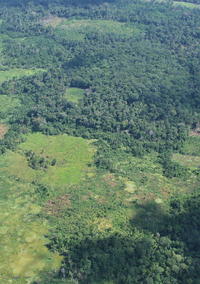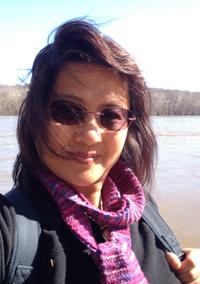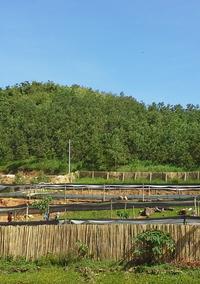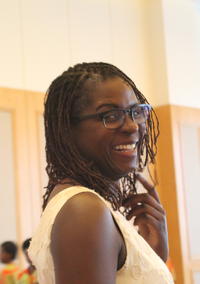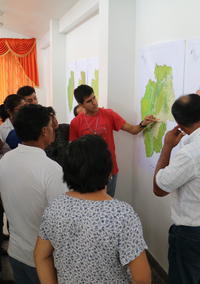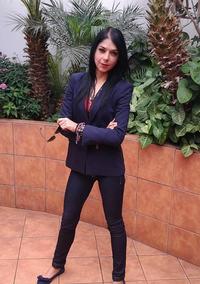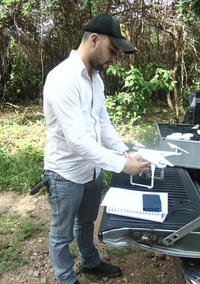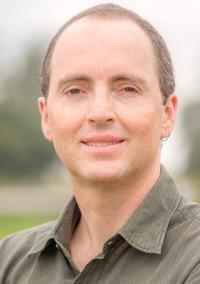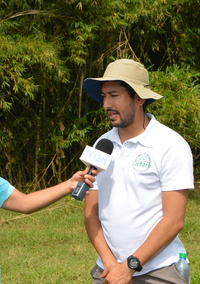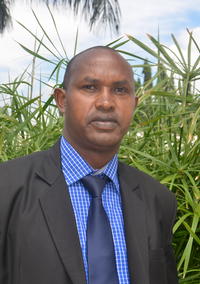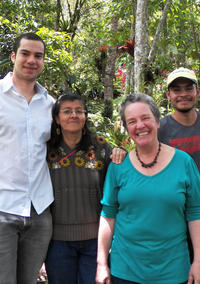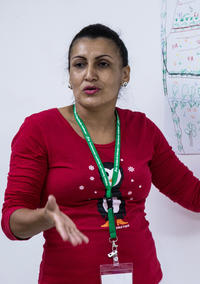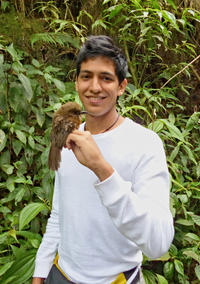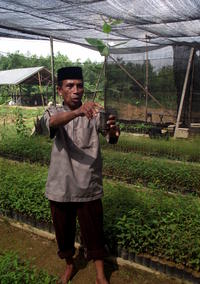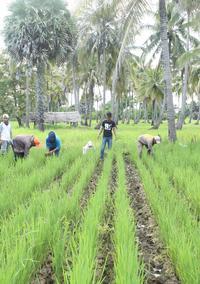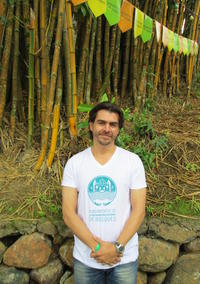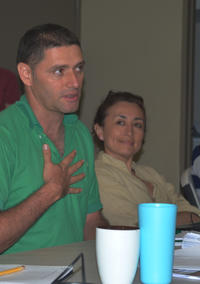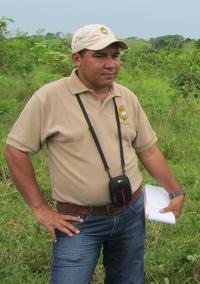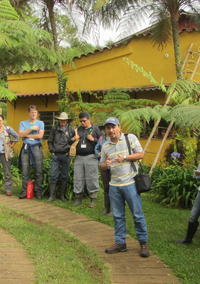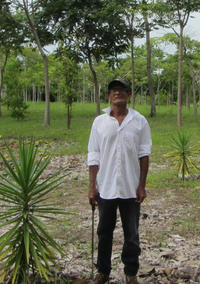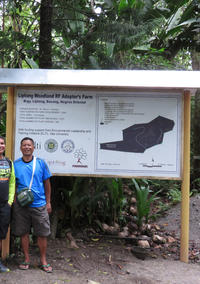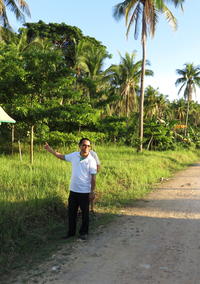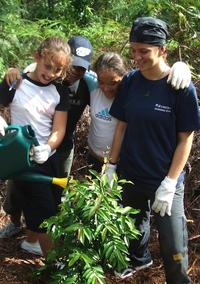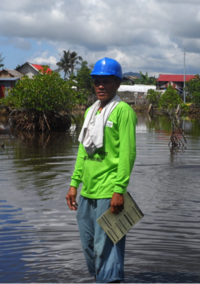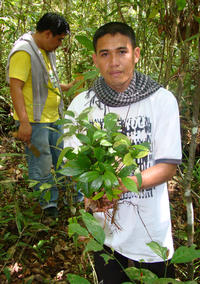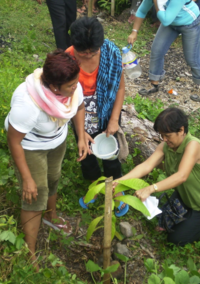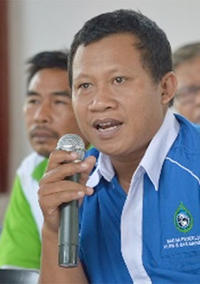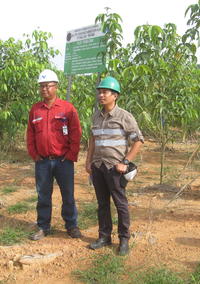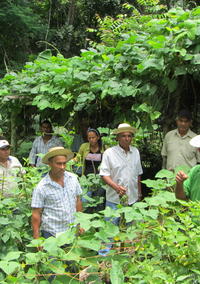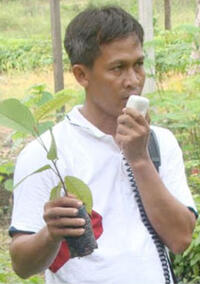You are here
Community-Led Mangrove Restoration in Balikpapan Bay
In Graha Indah Village, mangrove loss—due primarily to land conversion—has led to increased coastal erosion, tidal flooding, and strong winds, directly affecting local residents. In response to these conditions, local resident Agus Bei initiated independent mangrove reforestation efforts in 2001 to rehabilitate a degraded mangrove area near his house.
Despite having no prior experience or formal knowledge in mangrove rehabilitation, Bei pursued these efforts with unwavering determination. Through a process of self-learning and close observation of natural processes, he taught himself how to collect mangrove propagules, germinate them, and plant them. He often says that nature itself served as his greatest teacher, offering an inexhaustible source of knowledge.
Over the past 24 years, Bei’s persistent efforts have successfully revitalized the mangrove ecosystem in Graha Indah Village. The area is now lush and serves as a habitat for a variety of marine and terrestrial species, including the endangered proboscis monkey (Nasalis larvatus), which is endemic to the island of Kalimantan. Beyond ecological recovery, the rehabilitated mangrove area now supports alternative livelihoods for the surrounding community through ecotourism and the sustainable use of non-timber forest products.
Bei established the Graha Indah Mangrove Center in 2001 to serve as a hub for community engagement through sustainable mangrove ecotourism. Recognizing the value of his leadership and practical experience with mangrove rehabilitation and Graha Indah Mangrove Center’s value as a demonstration site, the Blue Forests–ELTI program collaborated with Bei to conduct “Training of Trainers on Ecological Mangrove Rehabilitation” (EMR) in 2024. Bei welcomed the collaboration enthusiastically, viewing it as an opportunity to deepen his own knowledge and formalize the rehabilitation techniques he had practiced for years. The nineteen course participants were from various institutions, including the Ecotourism Awareness Group (Pokdarwis), Capital City Agency, National Research and Innovation Agency, Penajam Paser Utara Environmental Agency, local village government, Environmental and Forestry Instrument Standardization Agency (BSILHK), academia, the private sector, and NGOs.
A committed educator, Bei later shared the knowledge he gained from the training of trainers through the Blue Forests–ELTI Leadership Program by facilitating sessions during "Sustainable Mangrove Management for Greenhouse Gas Emissions Reduction and Climate Change Adaptation" on December 14–15, 2024. Thirty participants took the course, including members of the East Kalimantan Program Kampung Iklim (Climate Village Program) group and local community groups from Graha Indah Village and villages nearby. These training sessions enhanced community members’ understanding of the importance of sustainably managing mangrove ecosystems to support both climate change mitigation and adaptation, as well as promoting EMR and sustainable use of non-timber mangrove products. Three of the participants later served as local trainers during “Training on Non-Timber Forest Product Utilization to Support Sustainable Mangrove Ecotourism in Kampung Baru” in Penajam Paser Utara in February 2025. They shared their knowledge with the community on how to produce mangrove-based products such as coffee, tea, and snacks. These products, made from mangrove leaves, fruits, and propagules, help generate additional income for the mangrove ecotourism initiatives in their village.
Bei envisions making Graha Indah Mangrove Center not just an ecotourism area but also a regional learning center for mangrove rehabilitation. Blue Forests–ELTI shares this vision and continues to collaborate with Agus Bei and Graha Indah community members to promote sustainable mangrove management. This includes engaging local residents as trainers to share their expertise in developing non-timber forest products such as mangrove coffee, tea, and snacks to support their ecotourism enterprise.
by Lely Puspitasari, updated June 4, 2025
Understanding various rehabilitation techniques will significantly enhance our capacity to overcome the many challenges of mangrove rehabilitation.
Agus Bei
